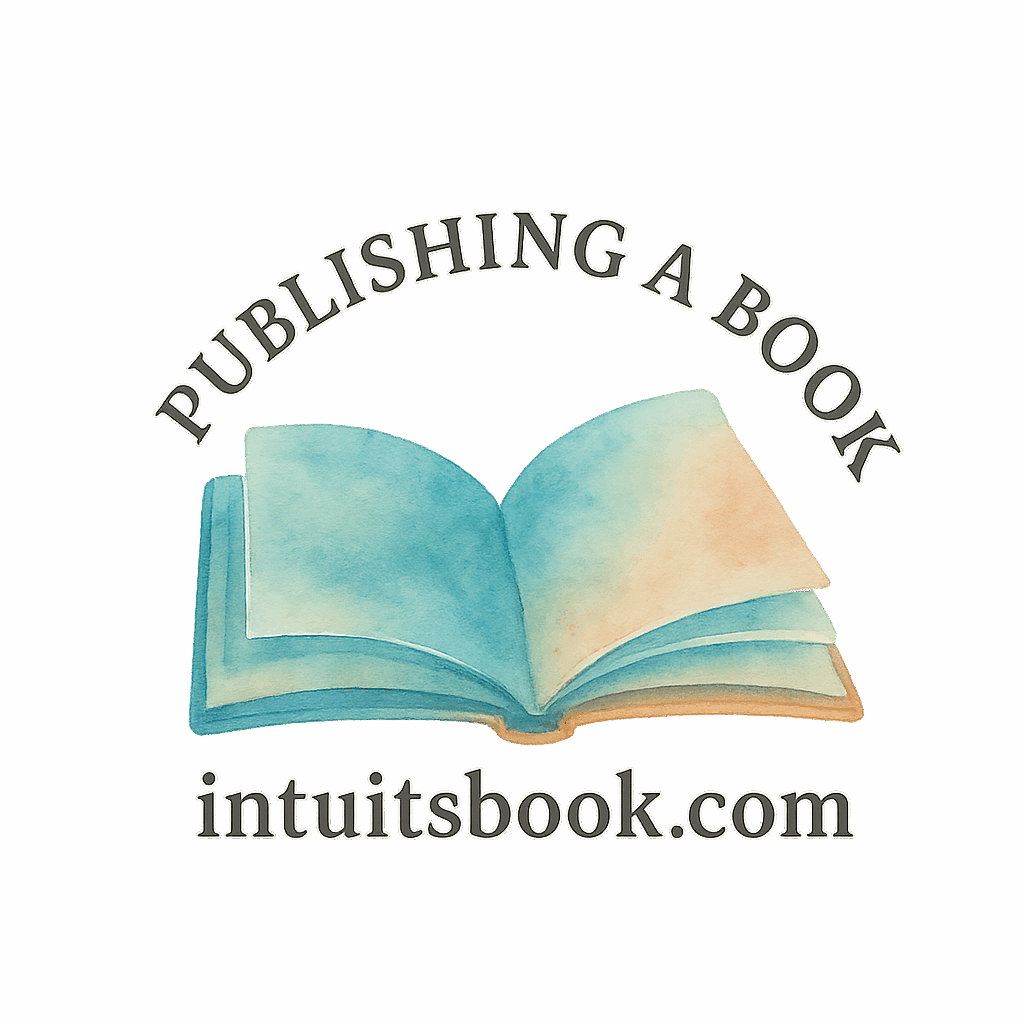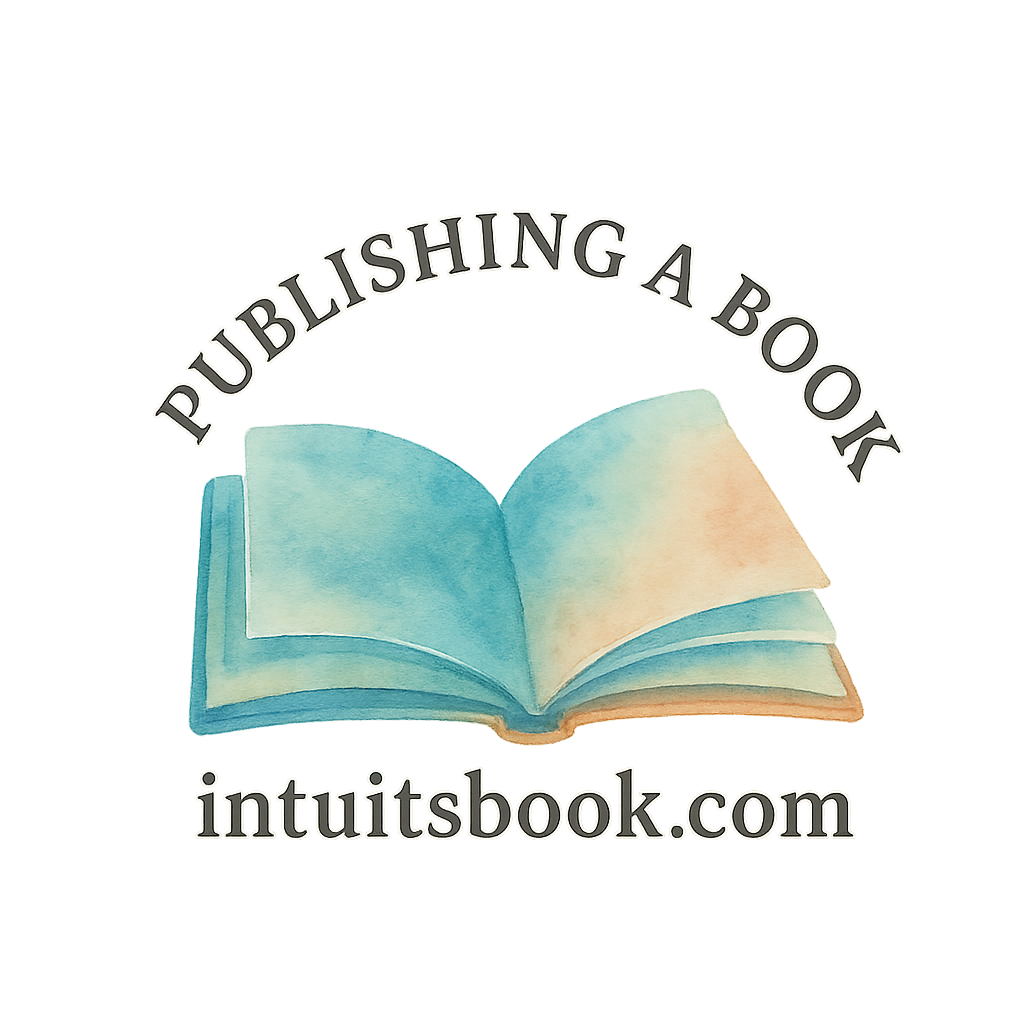So, you’ve written—or are writing—a book and you’re dreaming of seeing it on the shelves of a major bookstore? Welcome to the world of traditional publishing. It might seem intimidating, but once you break it down step-by-step, it’s not only doable but incredibly rewarding. Let’s walk through the 10 steps to get your book published traditionally and make that dream a reality.
Step 1: Understand What Traditional Publishing Really Means
Before you dive into the process, you need to know exactly what you’re getting into.
What Sets It Apart from Self-Publishing?
Unlike self-publishing, where you take the reins and handle everything from editing to marketing, traditional publishing means a publishing house buys the rights to publish your book. They take care of the editing, design, distribution, and sometimes even marketing.
You can explore the differences more in our traditional publishing guide.
Is Traditional Publishing Right for You?
If you want broad bookstore distribution, professional editorial guidance, and industry credibility, traditional publishing is the route for you. But be warned—it’s competitive and time-consuming.
Step 2: Come Up with a Compelling Book Idea
You can’t publish a book that doesn’t grip readers from the start.
Brainstorming Tips
Great ideas come when you least expect them. Start with a concept that excites you. Ask: “Would I buy this book?” If not, you might need to dig deeper.
Aligning with Market Trends
Look at what’s currently trending in your genre. This doesn’t mean copying—it means knowing what readers crave. Explore the book idea tag for more creative inspiration.
Explore More Ideas with Author Tools
You’ll love using author tools to refine your plot or characters. They’ll help you think like a publisher while you’re still in the creative phase.
Step 3: Create a Solid Book Draft
Your first draft doesn’t have to be perfect—it just has to exist.
Focus on Quality Writing
Write consistently, and don’t get bogged down in perfection. Let your voice shine through. Use tools and tips from the writing process to guide you.
Learn from the Writing Process
Writing is a journey. Embrace messy drafts, plot holes, and character flaws—they’re all fixable.
Organize Your Manuscript with Draft Techniques
Use checklists or outlines from the book draft resources to help keep your story structured and compelling.

Step 4: Edit Like a Pro
A messy manuscript won’t make it past the slush pile.
Self-Editing vs. Hiring a Professional
You can self-edit your first couple of rounds, but don’t skip a professional editor. They’ll catch things you can’t see.
Manuscript Steps You Can’t Skip
You’ll want to review the manuscript steps to avoid rookie mistakes that could cost you an agent or deal.
Step 5: Write a Killer Query Letter
This single-page letter is your ticket into the publishing world.
What Agents Want to See
They’re looking for professionalism, clarity, and a compelling hook. Your query letter needs to sing in just a few paragraphs.
Useful Query Tips for Beginners
Get help from the best query tips so you don’t fall into the common traps.
Step 6: Research and Pitch to the Right Literary Agents
Think of agents as your bridge to the publishing house.
Where to Find Credible Agents
Start with databases like QueryTracker, Manuscript Wish List, and the AAR (Association of Authors’ Representatives). Match their preferences with your genre.
Check the List of Book Publishers
Dive into the book publishers tag to find who’s working with emerging voices like yours.
Step 7: Prepare a Strong Book Proposal
Especially important for nonfiction, a proposal sells your idea before you even finish the book.
Key Elements to Include
Include your target audience, competitive analysis, marketing plan, and a few killer sample chapters. Need help? Our learn to publish section breaks it down nicely.
Step 8: Understand the Publishing Contract
If you get an offer—congrats! Now it’s time to get into the nitty-gritty.
Rights, Royalties, and Legal Fine Print
Don’t sign anything until you understand your rights. You might want to negotiate reversion clauses or subsidiary rights.
Learn About Author Career Essentials
Visit author career to learn how contracts affect your long-term success.
Step 9: Work with Your Publisher to Edit and Market Your Book
Publishing is just the beginning. Next comes teamwork.
Collaborate, Don’t Compete
Work closely with editors, designers, and publicists. Be open to revisions and suggestions—they’re there to help your book succeed.
Smart Book Marketing Strategies That Work
Whether you’re a debut or a seasoned author, use proven book marketing tactics to amplify your launch.
Tap into Free Marketing Opportunities
Our free marketing guide is packed with ideas that won’t cost a dime but will stretch your reach.
Step 10: Launch, Promote, and Keep Writing
Publishing is a long game—don’t stop at one book.
Use Book Promotion Tools to Stay Visible
Stay consistent and active. Learn how to sell books beyond launch day with practical strategies.
Keep Growing as a New Author
If you’re a new author, it’s all about building momentum. Join communities, take publishing courses, and never stop learning.
Conclusion: Embrace the Journey of Traditional Publishing
Publishing a book traditionally isn’t a quick sprint—it’s more like a marathon with exciting pit stops. From crafting a killer draft to landing the right agent and launching your masterpiece, every step is a lesson and a victory. With the right tools, persistence, and a little luck, your author dream is totally within reach.
Explore more on intuitsbook.com for insider tips, expert advice, and a supportive community of writers just like you.
FAQs
1. What is the biggest challenge in traditional publishing?
Finding a literary agent and getting noticed in the crowded marketplace is usually the toughest hurdle.
2. How long does the entire traditional publishing process take?
From writing to seeing your book in stores, expect anywhere from 1.5 to 3 years.
3. Can I submit to multiple agents at once?
Yes, simultaneous submissions are common, but always check each agent’s guidelines.
4. Do I need a finished book to query agents?
Fiction? Yes. Non-fiction? Usually not—just a strong proposal and sample chapters.
5. What’s the difference between a query letter and a proposal?
A query letter is a short pitch. A proposal is a detailed plan for your book, used mainly in nonfiction.
6. Can debut authors really get published traditionally?
Absolutely. Every bestselling author was once unpublished.
7. Where can I learn more about publishing hacks?
Visit our dedicated publishing hacks section for insider tips and shortcuts.


